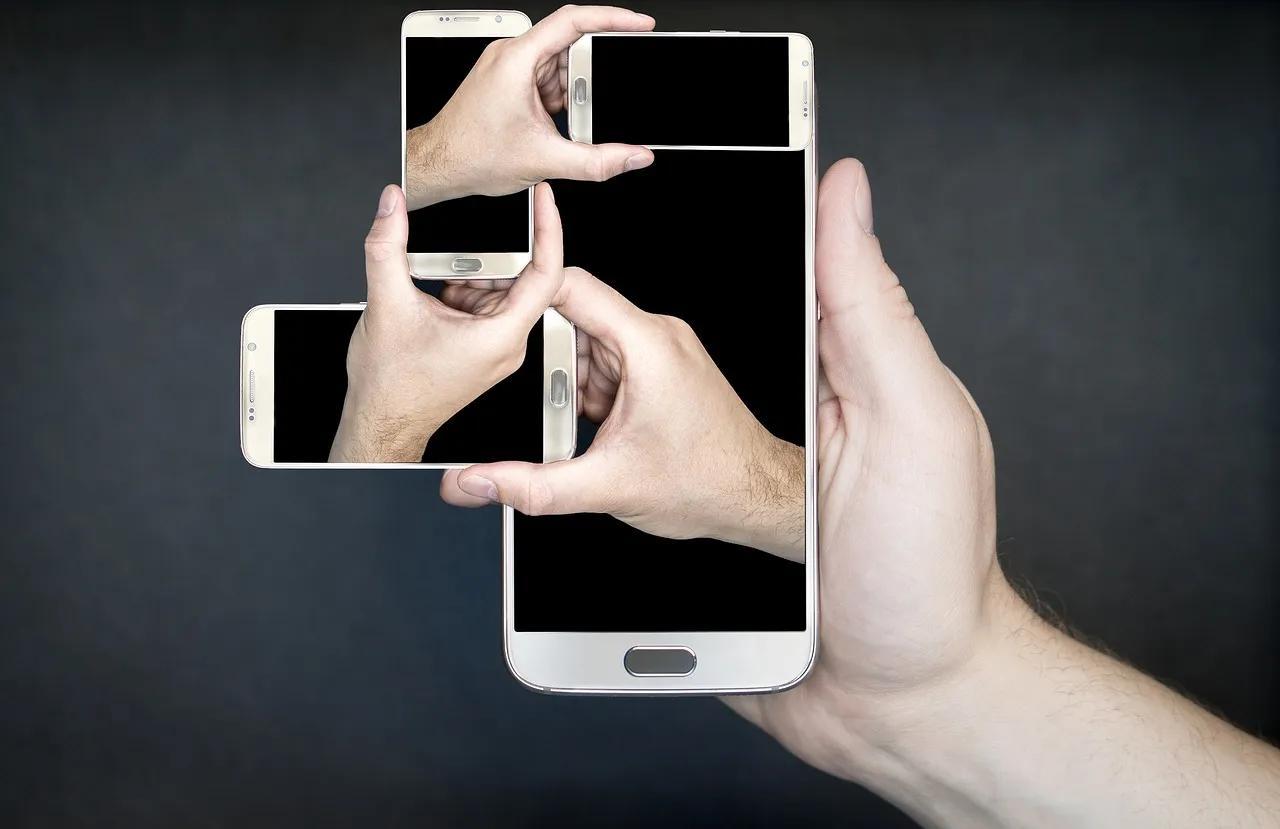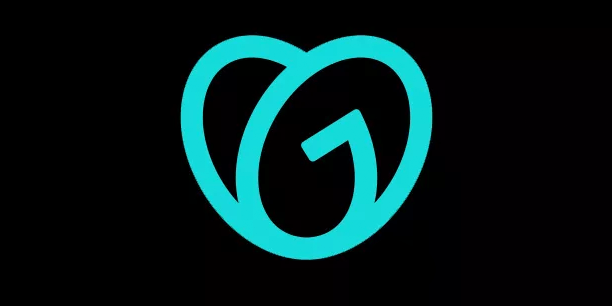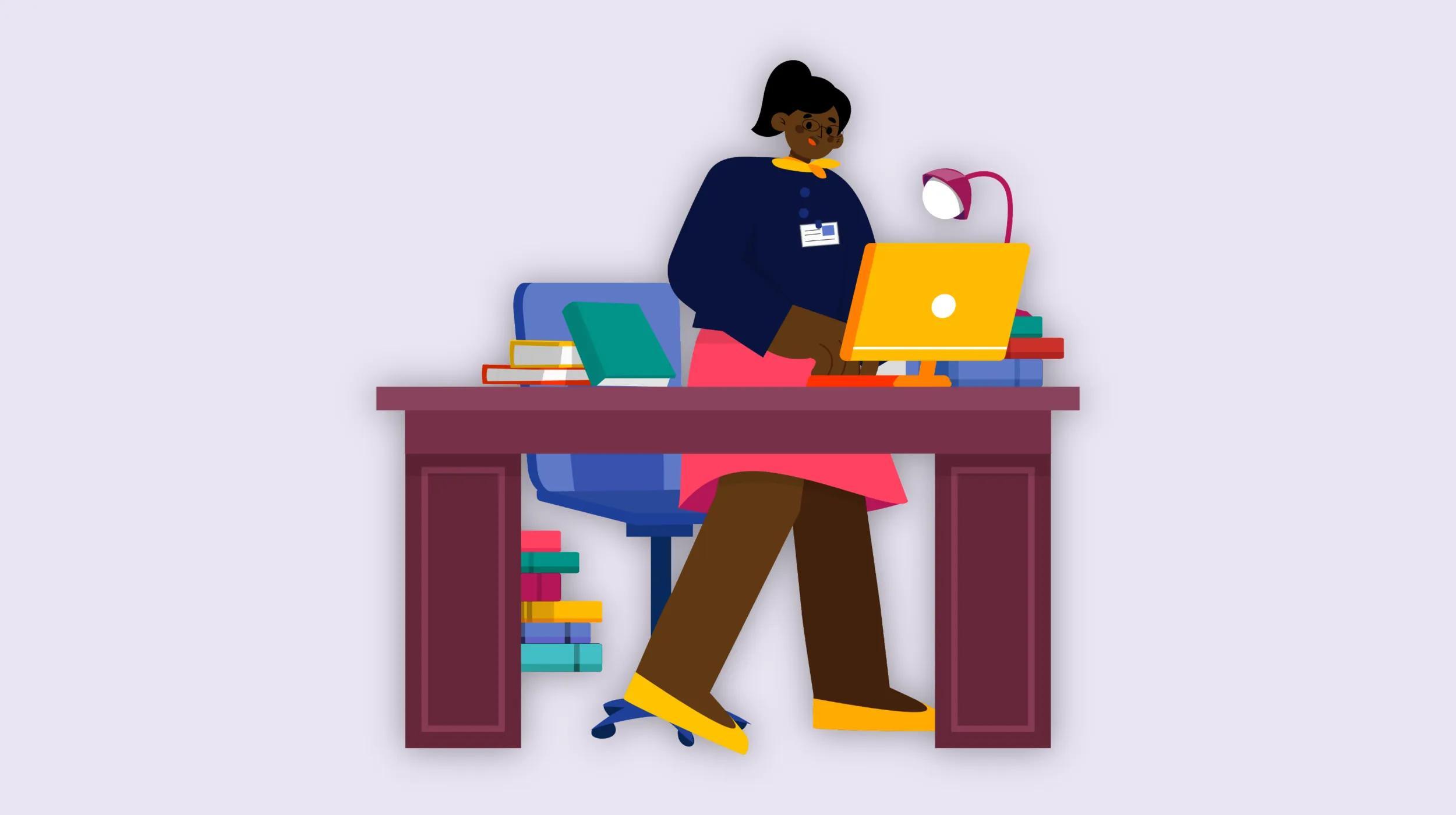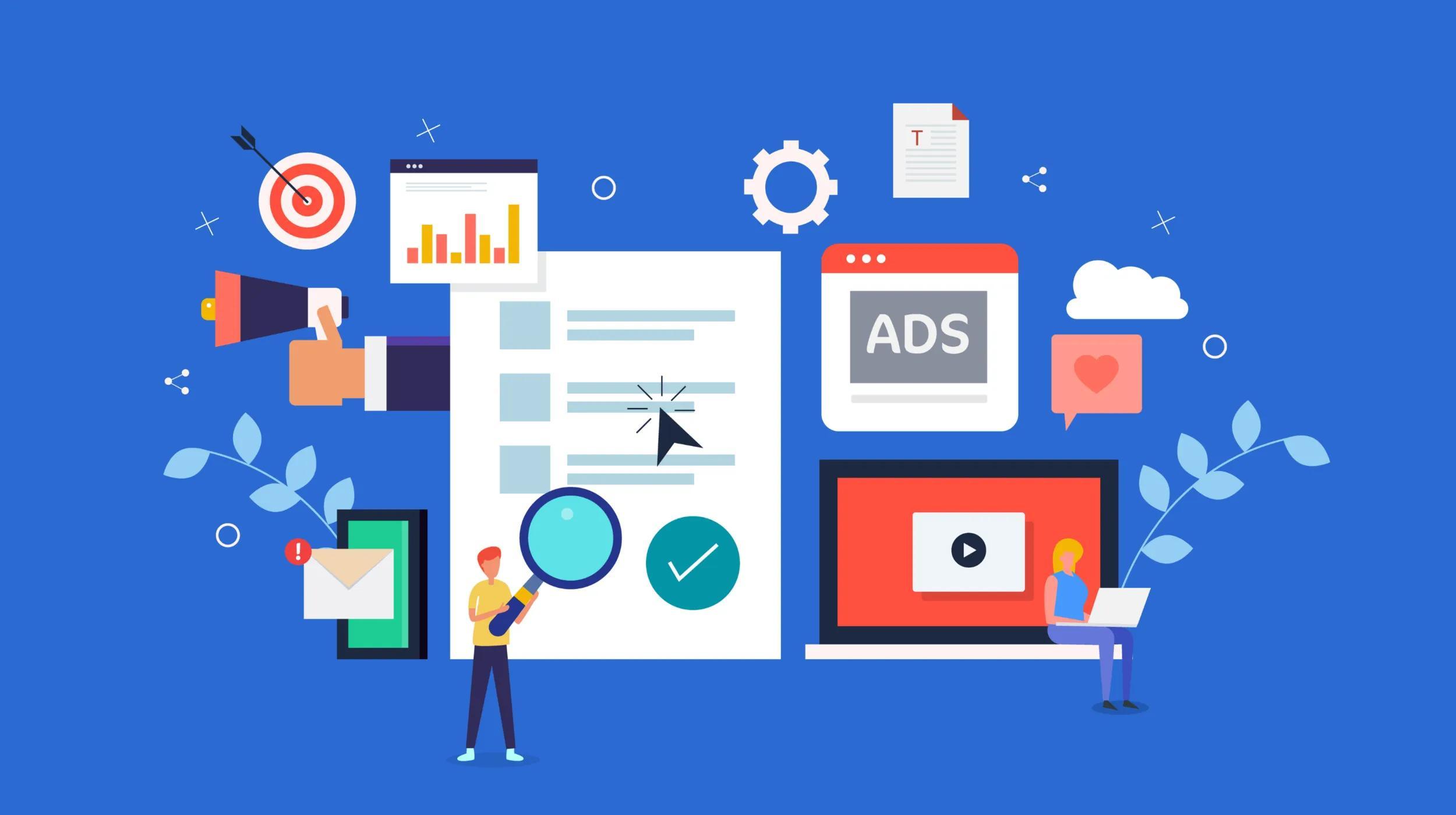I was at the coffee shop where I like to unwind, scrolling through my socials, when one of the other regulars called me out.
“I thought you came here to take a break from work! What are you doing glued to a screen again?”
They had a point. And it got me thinking. Generally, I’m engaged with some type of digital device for the larger part of any given day — and that screen time adds up pretty fast.
Maybe unplugging could have its benefits. That’s when I landed on the idea of a digital detox.
Basically, a digital detox is a set period of time when you refrain from using digital devices — like smartphones, computers, and TV — to reduce stress and reconnect with the offline world.
Let’s cruise through some of the key points around the digital detox. We’ll start with what it is and what the benefits are. Then, we’ll look at some benefits of a digital detox and tips for successfully doing one yourself.
And to get real-world insights about how screen time affects business owners, we polled 603 of these individuals about their digital usage. The responses are included throughout this post.
Ready? Let’s jam this out.
What is a digital detox?
As mentioned earlier, a digital detox basically entails eliminating or significantly limiting your screen time. That might not seem like a big deal, but once you consider how pervasive digital devices are today, the scope of the issue really takes shape.
In fact, the U.S. National Institutes of Health estimate the average American spends just over 7 hours each day engaged with some type of digital device.
Imagine if you took just a fraction of that time and instead dedicated it to learning something new, like playing an instrument, or cooking high-end cuisine, or writing poetry — or starting that business you’ve always dreamed of.
66.8% of business owners we polled strongly agreed or agreed there is too much screen time in their lives.
For the entrepreneur, cutting off digital usage is likely a non-starter. But you don’t need to go cold turkey for an effective digital detox. It might simply mean limiting your screen time by a set amount, or avoiding certain activities, like social media or email.
It depends on your goals and how you feel digital usage impacts your life. Get started by asking yourself questions like:
- How anxious would it make me if I accidentally left my phone behind?
- Do I check my digital devices impulsively, with no clear reason?
- Does my screen time distract from other things I need to get done?
- Does the digital content I consume negatively impact my mood?
As you answer these, think about how it might benefit your business (and mindset) if you were able to whittle away some of the negative effects of screen time.
Measuring your screen time
It might be a bit shocking to put numbers to your digital consumption, and it’s easy to get a pretty accurate idea. Both Mac and PC have settings and apps that can measure and even limit how much time you spend using those devices.
Similarly, Apple and Android also have settings and apps available to determine your usage. Once you add everything up, you might not like the results, but you’ll have a much clearer picture of what you can gain with a digital detox.
Benefits of a digital detox
Now that we’ve established what a digital detox is, let’s look at some of the reasons why you might want to do one.
59.8% of business owners we polled strongly agreed or agreed that screen time has negative physical impacts on them, such as eye strain or poor sleep.
The U.S. National Institutes of Health and many other sources point to a number of benefits, including:
- Improved mindset — The digital content you consume can often trigger negative emotions, such as anger, anxiety or depression. Removing all that stimulation can help get your mindset back to a normal state.
- Enhanced productivity and focus — This can be a major benefit for a business owner. Removing digital distractions can leave you more productive when you take on tasks with renewed focus.
- Better sleep quality — You’ll sleep better when you turn in for the night without an overstimulated mind. And that can have major benefits the following day when you go about the routine of running your business.
- Stronger in-person relationships — When your attention isn’t constantly absorbed by a digital screen, you’ll become more engaged in your relationships. Folks like customers or vendors will probably appreciate that.
- Increased mindfulness and presence — Taking a break from the endless scrolling can give you space to take in and appreciate the present moment, making experiences like a sunset more meaningful.
- Physical health — Give your eyes a break from focusing on that tiny screen. Beyond reducing eye strain, a digital detox can also free up more of your time for physical activity (that isn’t scrolling).
How to do a digital detox
Still with me? So far we’ve nailed down a definition of the digital detox and looked at the benefits. One point to hit before moving on: not all screen time is bad — in many instances, it’s actually beneficial.
Now, let’s check out how you can do a digital detox for yourself.
56.8% of business owners we polled strongly agreed or agreed that screen time prevented them from doing the things they enjoy.
Set clear goals
Here it helps to be as specific as possible. Instead of establishing goals like Spend less time looking at a screen, try something like Reduce social media activity by 25% and email activity by 50%. It’ll make measuring your success much easier.
Decide on scope
If you’re running a business, this part is very important. Completely disconnecting is unlikely, but you can still benefit from partially cutting down your digital usage. Look at which devices and apps you’re using that aren’t essential to your business, and start there.
It’s also important to establish a timeline for when your digital detox starts and ends. Consider starting with a shorter detox, and then extending it based on your earlier success.
Inform your people
Don’t just ghost your friends and family — and especially not your business contacts. Give notice you’re heading into a digital detox and share your timeline. Whenever possible, set up automatic replies that include all the details you’re comfortable sharing.
Remove temptations
It can be very helpful to log out of or uninstall apps that aren’t essential to your day-to-day. Put away digital devices so there isn’t always the temptation to reconnect. And if you’re feeling especially bold, consider leaving behind your smartphone when it’s safe and pragmatic to do so.
Plan alternative activities
Obviously, you’ll have a lot more free time during your digital detox. What’s going to fill those hours? To avoid “relapsing,” it’ll help to have some alternatives lined up.
What’s a book you always wanted to read? Or a hobby you wanted to start up? Could you make improvements to your office space? Having activities to fall back on will dramatically increase your chance of success.
Practice mindful reintroduction
When you plug back in, the digital landscape will likely appear to be a fresh, new wonderland with plenty of places to explore — but don’t. Be mindful about your digital usage and conscious of the negative impacts it can have.
You might consider keeping “unhealthy” apps and devices out of sight, and make sure the helpful stuff is easier to access.
Let AI handle screen time so you don’t have to
A small business owner can use AI to significantly reduce screen time, making it easier to do a digital detox without stressing about productivity.
66.9% of business owners we polled strongly agreed or agreed that some of the digital content they see negatively impacts their mood and feelings.
For example, AI-powered tools — such as GoDaddy Airo — can let you build a website in minutes. GoDaddy Airo can also automate marketing campaigns by scheduling and posting content across social media platforms, analyzing performance, and even suggesting improvements.
This automation frees up valuable hours that would otherwise be spent glued to screens managing posts and ads.
In fact, On average, small business owners estimate they saved 300 hours of work by using generative AI like GoDaddy Airo.
AI tools could also save hours by creating product catalogs, pulling product data, images, and descriptions from existing inventory systems.
Instead of manually handling everything, a business owner could review and approve AI-generated catalogs with minimal screen interaction.
Even customer service could be handled by AI chatbots, responding to queries and filtering messages for human attention only when necessary.
Closing thoughts on the digital detox
That just about covers it. A digital detox can bring clarity, an improved mindset, and more productivity — especially huge benefits for a small business owner. Remember to set clear goals and scope, and plan alternative activities to avoid digital temptation.
61% of business owners we polled strongly agreed or agreed that at times they check their digital devices impulsively, with no clear reason.
We also covered measuring your usage and mindfully reintroducing technology. Perhaps most importantly, AI tools can be an absolute game-changer by automating tasks, so you don’t have to sacrifice efficiency for your own well-being.
Ready to get started with your digital detox? You got this.






